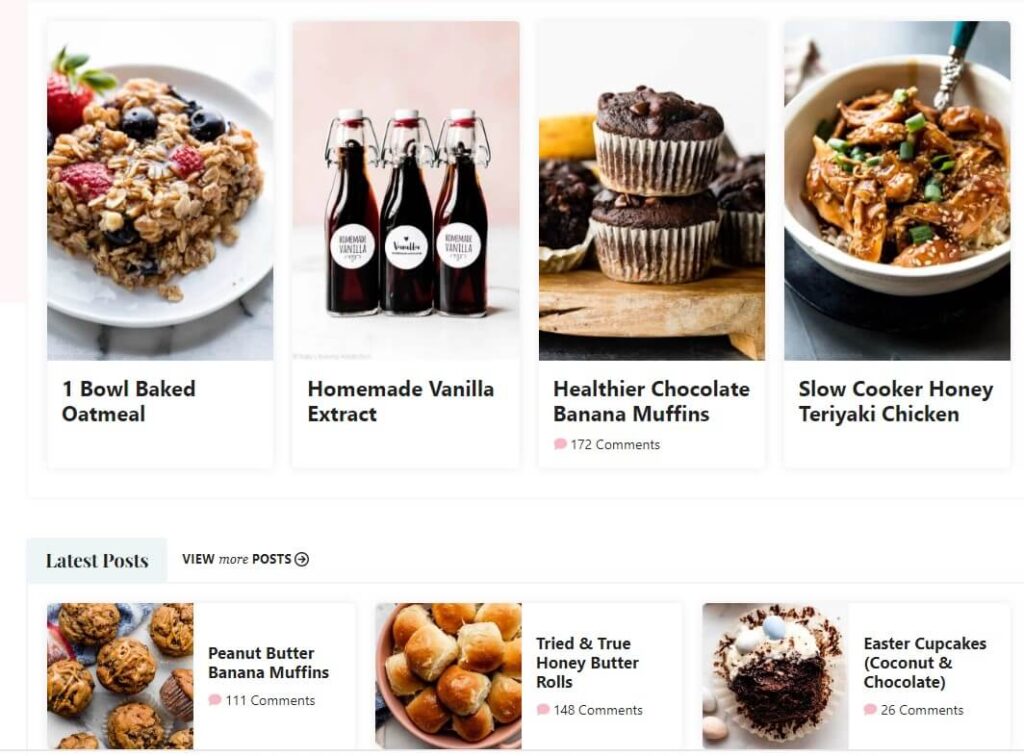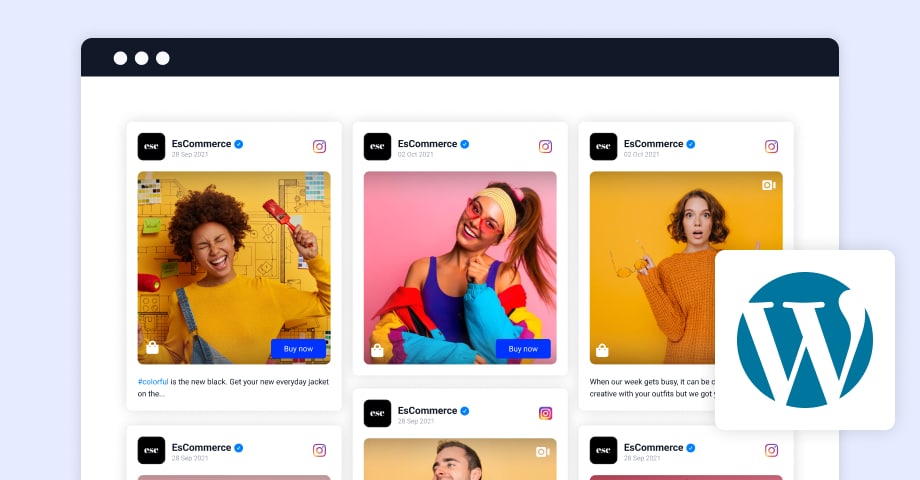Ask any writer, and they’ll tell you the same thing: becoming a writer is hard work. And if writing is hard work, building an audience who appreciates your work is even harder.
So what’s holding you back from building your audience? You already know what you need to do to grow your blog and authorship platform. You’ve read the posts and attended the webinars. You’ve already put your best effort into your website and free offering.
Thre’s just one missing piece: you need to forge strong relationships with top writers. You need to stop going it alone and start becoming a part of the group.
By now, you know that writers don’t ‘make it’ in isolation. It doesn’t work to toil away in online obscurity, hoping that someone will swoop in to be your promotional Fairy Godmother. What does work is to facilitate heartfelt connections with writers you admire, people whose missions align with your own.
It makes so much sense, doesn’t it? When you read the posts and watched the videos, you feel jubilant. All I need to do is make friends with some ‘big players’, connect with them, encourage them, help them promote their work. Then, eventually, I can ask them to consider sharing my best work, because it will help the people they serve as well. It’s a win-win!
You wrote “make connections” atop your to-do list. Maybe you had a step-by-step itinerary, filled with great ideas as to how to go about doing that.
What’s Really Holding You Back
The only problem is, you’re not reaching out.
Not on a sustained basis, anyway. Sure, you do a little ‘connecting’ here and there, but only when it’s convenient (or when you’re feeling audacious). You wouldn’t drive two hours to attend a book signing and meet a favorite author in person; you wouldn’t pitch a major blog. Deep down, you know that your efforts aren’t enough to build momentum. But after all, you say to yourself, I’m a writer. I should spend all my time writing. This socializing stuff is distracting, and I have plenty to do already.
That sounds so mature and reasonable, doesn’t it? Oh, the lies we tell ourselves to cover up the fact that we’re afraid. But how can we dispel our fears and make those vital connections? What’s the missing piece to becoming a writer?
In my experience, it’s figuring out what specific story you’re telling yourself.
The Story You Need to Rewrite
What’s your limiting story surrounding those influencers you don’t dare approach? Your limiting story (also known as a self-limiting belief) is a narrative that prevents you from living into your true power and potential. And if you’ve never taken the time to actively revise it, it’s still doing its insidious work, draining your confidence and minimizing your contribution.
Here’s your step-by-step guide to uncovering – and overcoming! – your limiting story.
The Generalized Other
First, explore your “generalized other”. The generalized other is a social science term that refers to our mental audience, the people we imagine are opining on every move we make. As Martha Beck, Ph.D., writes, “Your generalized other is actually based on a mental magnification of just a few people, often the most judgmental people you know.”
Case in point: on the eve of my first ebook launch, I found myself tense and panicky. I wasn’t stressing over whether the links would work or whether the book had typos. Instead, I worried that people would mock my attempt. Who did I mean by ‘people’? When I asked myself that question, my mind took me back to a group of girls from my childhood dance class. Until that night, I had no idea that my “generalized other” consisted of a few middle-school girls.
That night, I wrote: “I used to love dance class. The studio felt like a magical place. But then I got older and I got glasses and I started feeling like an outsider everywhere, even at dance class. I hated wearing my glasses there. The ‘popular’ girls were in my class, and I stood on the outskirts of their conversations. I didn’t know how to talk to them. Something I used to love – dance – was fraught with embarrassment and exclusion.
I love writing …. But I’m scared to share my book because I’m afraid of being rejected. I don’t want it to be like dance class. I’m afraid of being laughed at. I feel like a little girl, standing on the edges of the dance floor, feeling like no matter what I do, I’ll never belong.”
Once I realized the nature of my generalized other, I could begin to shift my thought patterns. (After all, it seemed pretty crazy to give those long-ago classmates so much power!) Instead, I focused on words of encouragement from supportive friends, clients, and mentors. I created a Praise page for my website, and seeing friendly faces helped dispel my fear.
But what happens when you face a new challenge and the fear comes back in a different disguise?
That Familiar Sense of Self-Doubt
Once you’ve identified your generalized other, the next step is to sit with the feelings of discomfort and uncertainty that arise when you consider connecting with ‘big time’ writers. When you have a clear, visceral sense of how you feel, ask yourself: when have I felt this way before? You’re looking for a memory that stings. You’re scanning for the people in your past who – intentionally or not – disparaged your contribution.
This year, when I considered submitting big-time guest posts and inviting fellow writers to guest post at A Wish Come Clear, I kept running into internal resistance. When I sat with it and asked myself when I’d felt this way before, I uncovered a long-buried memory.
This is the story: there were 6 numbered tables in my kindergarten class, all with different colored chairs. And one day I decided that table 3 – the table with the royal purple chairs – was the one for me. The ‘cool’ girls sat at table 3, and I wanted to sit with them. I had a purple dress. I had the self-confidence of childhood.
So I mustered up my courage and asked to sit at table 3 when there was an open seat. And for whatever reason, the answer was no. I walked back to table 6, where I’d been sitting before. I sat down in my ugly, orange chair, feeling the first twinges of shame. I was too young, too naïve to hide my disappointment. It was my first social rejection.
Though I didn’t realize it until this year, the memory of those girls kept me from ‘sitting at the table’ with my fellow writers. When I listened – really listened – to myself answer the question, “What’s holding you back?”, it wasn’t technique or talent. It was Table Number 3, and the lesson my younger self internalized: Don’t ask for what you want. Don’t try to belong; you’ll only fail.
Yet the story I was telling myself about isolation and exclusion was outdated. A simple read-through of my inbox told me that much. Rockstar bloggers like Danny Iny, Glennon Melton, Rachel Macy Stafford, Gretchen Rubin, and Jen Gresham have offered me so much – glowing recommendations, personal encouragement, guest posts, real friendship – yet even so, I feared that I didn’t belong with them.
That’s where the third step comes in.
Pick Up the Pen
Become a writer. Rewrite your story. Give yourself a different cast and a new ending. Focus on what’s true today, not what happened in the past. Focus on the people who love and support you in your work. As Pamela Slim writes, “If you dig deep and redefine your Everybody, you just might find there is a nurturing, supportive conspiracy to lift you up.”
Today, I’m choosing to see that my dreams have already come true. As a first-grader, I longed to be a writer, to encourage others with stories – and that’s what I do every day!
Furthermore, I’m building relational bridges with my favorite writers in an authentic, reciprocal way. Had I not questioned the lies I was telling myself, I would be missing out on so much.
Now, I’ve recast those big-time writers as friends, current and potential. Friends who will hold a seat open for me, friends who will open the door, if only I’ll dare to knock.
What’s your limiting story? What’s holding you back from reaching out to connect with your favorite writers? Please share your thoughts in the comments below.



